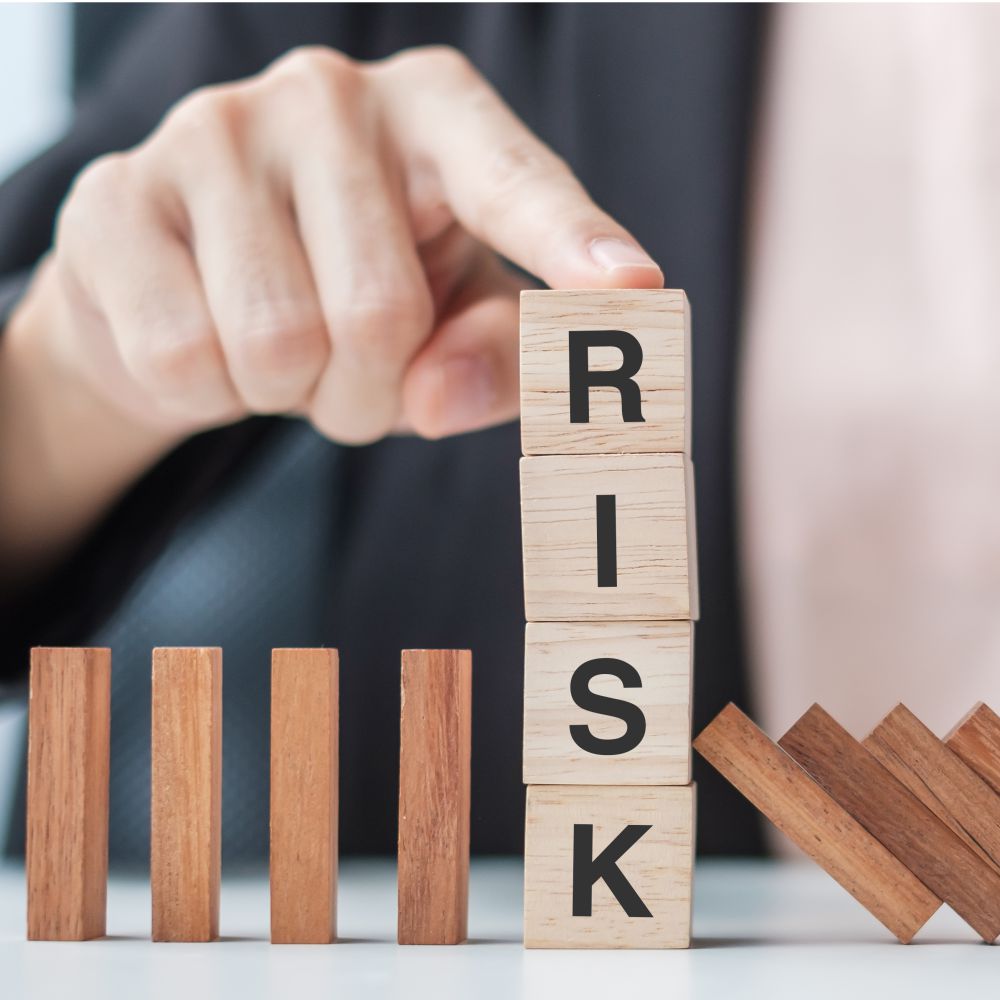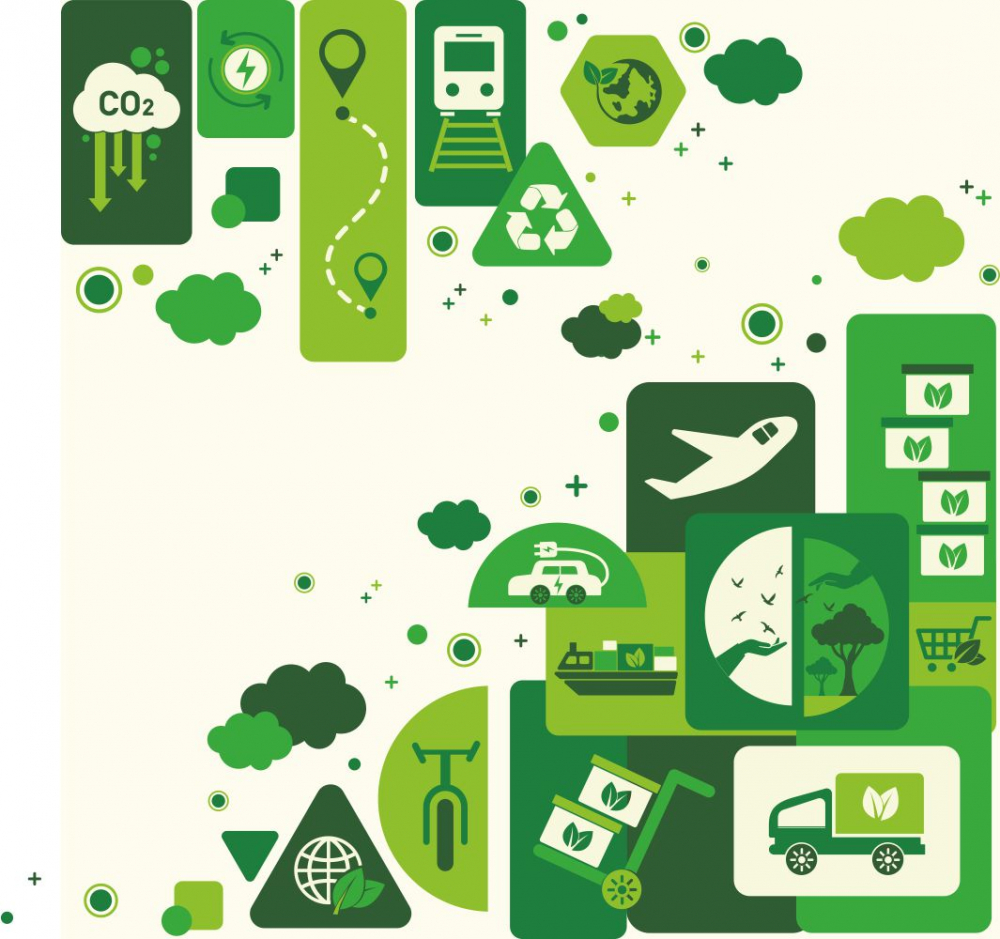“Embracing the 3Ps of sustainability – Planet, People, and Profit – is essential for organizational success. There can be no trade-offs. Climate change is for real and the impact of GHG emissions cannot be ignored. By integrating ESG considerations into risk management, organizations can identify and address potential threats, build resilience, and create long-term value for shareholders, customers, and communities,” avows Pavan Sharma, Director, Advance SCS and Co-Founder & CEO, PlanetWise Pte. Ltd., during this exclusive interview…
What are the strategies to diversify or regionalize supply chains?
Global supply chain facilitates the flow and optimal allocation of production factors such as labour, capital, and information worldwide. The way supply chains functioned experienced a radical shift during the time I was working in the US during the 1990s.
Supply chain managers began to adopt outsourcing, offshoring, single sourcing, lean production, and JIT as core strategies. China became the preferred sourcing destination for many organizations. Until the COVID-19 pandemic disrupted global supply chains, this model was highly successful. The imposition of border restrictions by China during the COVID 19 pandemic led to a complete shutdown of manufacturing activities. The concentration of supply chains in a single country and with a single supplier proved to be a significant risk, as highlighted by the COVID-19 crisis. It was a wakeup call for organisations and the supply chain managers. Diversifying and regionalizing supply chains became increasingly crucial for businesses to mitigate risks, improve resilience, and enhance overall performance.
To begin with, supply chain managers must implement a multi-sourcing strategy for essential components and raw materials to mitigate supply chain risks. By maintaining optimal inventory levels, organisations can effectively manage risks and ensure operational continuity. Secondly, expand the supply chain footprint to different regions to mitigate risks associated with geopolitical instability, natural disasters, or economic downturns. Finally, build relationships with suppliers of varying sizes, industries, and geographic locations thus increasing flexibility and providing options. Last but not the least, by investing in local suppliers, organizations can create a more resilient, efficient, and sustainable supply chain while also contributing to the growth of their communities.
How do you balance cost efficiency with the need for resilience?
Supply Chain Resilience (SCR) and supply chain costs are classic trade-offs. On the one hand, in recent decades, improving efficiency and reducing cost have become the goal pursued by supply chain practitioners. Lean production that originated from Toyota’s production system and later extended to lean design, lean manufacturing, lean inventory, and other lean production management systems. Lean supply chain required optimizing and transforming the whole supply chain link by eliminating non-value-added activities between upstream and downstream enterprises. This helped organizations improve quality, reduce costs and increase their profitability.
On the other hand, in recent years, unpredictable events such as COVID-19, natural disasters, geo-political tensions and trade protectionism have brought challenges to the stability of Supply Chains. This has forced supply chain practitioners to shift their perspective to enhancing Supply Chain Resilience (SCR) to reduce the disruption risk of their supply chain and maintain the continuity of business operations. However, there the pressure of reducing costs and improving profitability still remain. So, how will supply chain managers achieve the balance between cost efficiency and need for resilience. In my opinion, it will be the technology, specifically the Industry 4.0 technology like Big Data Analytics, Internet of Things (IoT), Block Chain, Additive Manufacturing, Artificial Intelligence, etc.
Big Data Analysis will facilitate early warning planning to enable originations to proactively take measures to prevent disruption while at the same provide deep granular information to identity cost savings. Similarly, IoT will improve speed of response and enable real time information sharing with supply chain partners to reduce costs and improve quality. Additive Manufacturing or 3D printing will revolutionise how global supply chains are currently configured. The use of Additive Manufacturing at all stages of the supply chain will accelerate production and reduce lead times, improving agility, which is a key component of resilience.
How can companies build the ability to withstand disruptions by using technology in order to shift from reactive to predictive risk management?
As I previously mentioned, technology will transform how businesses approach risk. By leveraging data and analytics, companies can move from simply responding to crises to proactively anticipating and mitigating them. For example, collecting data in real time basis from various sources including internal as well as external market data, climate data, social media and IoT devices will enable predictive planning, scenario analysis and timely risk management.
Artificial Intelligence will help to identify unusual patterns in data that may signal emerging risk, and automated systems will provide options and recommendations to facilitate intelligent decision making. Digital Twin Technology that creates digital representation of physical assets, process or systems will be used to simulate potential disruptions to identify vulnerabilities and develop mitigation strategies. Overall, I am convinced that disruptive technologies will be instrumental in enabling predictive risk management.
Share with us a comprehensive crisis management framework that organizations implement for managing high impact low probability event?
High-impact, low-probability (HILP) events, such as natural disasters, cyberattacks, war or economic crises, can pose significant challenges to organizations. A robust crisis management framework is essential for mitigating their impact. Start with Crisis Management Team comprising of personnel from key departments. Identify potential crises that could affect businesses by carrying out a thorough risk assessment process. For example, cyberattacks and market crashes are real risks in financial services. Develop Response Procedures that outline immediate actions to be taken when a crisis occurs and develop strategies to contain the crisis and prevent it from escalating. Follow it up by initiating recovery actions, including restoring operations and services. For this to succeed, Organisations need to allocate adequate resources to support crisis response activities.
What are the collaboration opportunities that technology can enable?
We are in the era of digital supply chain. There is a growing realization of benefits of collaboration and engagement with upstream and downstream supply chain partners. In many ways, technology has revolutionized the way teams work together, breaking down geographical barriers and fostering innovation.
Tools like video conferencing, instant messaging and shared documents enable teams to work together ynchronously, regardless of location. Post Covid, remote work and virtual teams are the order of day. Technology is enabling distributed teams to collaborate effectively, fostering a global workforce. I believe AI can significantly enhance efficiency by automating routine tasks, allowing for greater focus on strategic initiatives. esign thinking tools like Miro, Mural, etc., are supporting collaborative problem solving and innovation processes.
Collaboration and partnerships with suppliers, customers, and other stakeholders are essential for driving sustainable supply chain initiatives. By working together, companies can achieve greater impact and share best practices.
An example of supply chain collaboration is the Fashion Revolution movement, which brings together fashion brands, suppliers, and consumers to promote transparency and ethical practices in the fashion industry. Through partnerships, they advocate for fair wages, safe working conditions, and responsible sourcing.
What are the ways to mitigate cyber threat?
Cyber threats are constantly evolving, making it essential for organizations to adopt a multi-layered approach to protection. This should include employee training, running awareness campaigns and implementing strong access controls and role-based access to limit unauthorised access. The next step is to conduct regular risk assessments to identify vulnerabilities and prioritize mitigation efforts. Put in place an Incident Response Plan (IRP) as well as a Business Continuity Plan (BCP). Utilize firewalls, intrusion detection and prevention systems (IDPS), and network segmentation to protect the network. Consider adopting established frameworks like NIST Cybersecurity Framework or ISO 27001. Stay informed about emerging threats and vulnerabilities and finally test the IRP to ensure effectiveness.
What are the sustainable or ESG measures that organizations can take related to risk management?
As a supply chain professional, sustainability is a subject close to my heart. Today, there can be no discussion of supply chain without reference to sustainability. Embracing the 3Ps of sustainability – Planet, People, and Profit – is essential for organizational success. There can be no trade-offs. Climate change is for real and the impact of GHG emissions cannot be ignored.
By integrating ESG considerations into risk management, organizations can identify and address potential threats, build resilience, and create long-term value for shareholders, customers, and communities. Organisations have to assess the potential impacts of climate change (e.g., extreme weather events, scarcity of resources etc) on operations, supply chain, and assets in order to develop effective adaptation and mitigation strategies. According to ILO report, approximately 40 million people work under forced conditions.
Child labour is still rampant in many developing and underdeveloped countries. Supply chain managers bear responsibility for ensuring ethical and sustainable operations across the entire supply chain, with a particular focus on labour standards and human rights.
Would you like to cite some success stories making way for sustainable supply chains?
A key area of focus in sustainable supply chain practices is the integration of renewable energy sources. By embracing renewable energy, companies can significantly reduce their carbon emissions and dependence on fossil fuels. IKEA is a notable example of a company that has invested in renewable energy integration. The company has installed solar panels on the roofs of its stores and warehouses, generating clean energy to power its operations.
Additionally, Amazon has made substantial commitments to renewable energy by investing in wind farms and solar projects. It aims to power its global infrastructure with 100% renewable energy by 2025.
Efficient waste management and recycling also play a crucial role in sustainable supply chains. Companies across various industries are implementing waste reduction and recycling initiatives. For instance, Unilever has implemented waste reduction strategies through its Zero Waste to Landfill program. This has led to a decrease in waste generation and increase in recycling rates in its manufacturing facilities worldwide.
How do you foresee the sustainable supply chains landscape going forward?
Future supply chains will likely witness increased regulatory frameworks addressing carbon emissions. Companies may face stricter compliance requirements, pushing them to adopt comprehensive carbon management services to meet evolving standards effectively.
As consumers become more environmentally conscious, there is a growing demand for sustainable products and services. This shift is expected to drive businesses towards implementing robust carbon management strategies, leveraging SaaS carbon footprint solutions to reduce their environmental impact while meeting consumer expectations.
In the end, decarbonizing supply chain is no longer a choice but a must in a world that prioritizes sustainability. Carbon management solutions can help companies minimize their environmental footprint and build a company’s strength for tomorrow. Carbon management solutions are set to evolve with innovative carbon management software and platforms integrating advanced features. These advancements will streamline carbon footprint tracking and enhance carbon management systems, making them more efficient and user-friendly. Make the necessary changes for a more sustainable future. Start creating sustainable practices, utilising technologies, and learning from the experts now. By decarbonising, companies will protect the earth for future generations and establish a competitive edge for the future.

Categories

Magazine Editions






















